Endura's new chamois aims to stop women quitting cycling due to saddle pain
The brand has looked to materials used in prosthetics to solve the problem of pads which 'bottom out'


Saddle discomfort is almost always a topic of discussion among women-only bike rides, and far too many women are put off riding their bikes altogether. Teaming up with former British Cycling physiotherapist Phil Burt, Endura has taken aim at overcoming the issue, carrying out genuinely extensive research and seeking new materials to use within the chamois.
Why do female bike riders struggle so much with saddle pain? Well, not only do women have "varied presentation of soft tissue" (nine, according to research from gynecologists, vs a fairly uniform 'layout' for men) but hips evolved for childbirth and narrower pubic rami mean that we tend to "tend to rotate slightly forwards transferring weight onto the soft tissues at the front," according to Burt. Add in typically lower muscle mass and you've got a recipe for pain in the saddle.
"When explaining this to men, I've often likened the saddle experience of road riding to having your entire body weight on your eyeballs – such is the level of sensitivity in that zone of a woman's anatomy," Endura's brand director Pamela Barclay puts it. It's not a nice image, but then, saddle pain isn't nice either - and I can promise I've worded it a lot less delicately before.
"We don’t know how many women give up cycling and are lost from the sport [because of saddle pain]," Burt says: "The ones we know about are the tip of the iceberg.”
That's enough background on the problem. How about the solution? The Scottish brand turned to innovations used in prosthetics to swap traditional foam for a medical-grade silicone elastomer, testing out about 250 different chamois pads before landing on the final creation, and carrying out repeated surveys with a group of 10-15 (at any one time) female cyclists ranging from professionals to commuters.
Women’s 800 Series ConForm EGM Pad
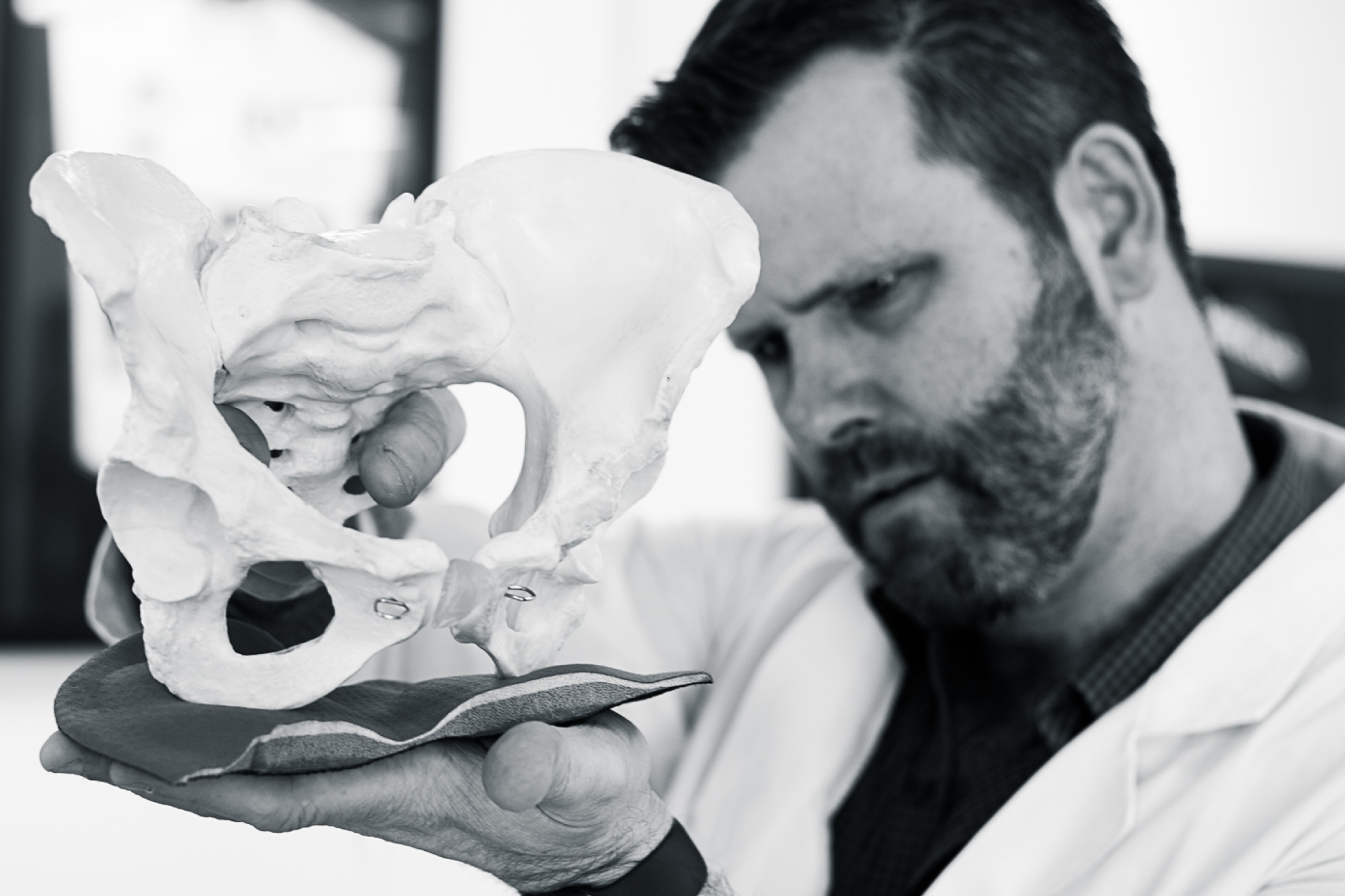
Endura's primary focus in development was on the chamois.
The latest race content, interviews, features, reviews and expert buying guides, direct to your inbox!
“Saddle sores are caused by four specific things; heat, water, pressure and friction, which is why we have developed a complete system to approach the problem," Burt says.
"There are three places you go when you want to find out how to do something better: medicine, space, and military... because people die if you get it wrong! There is a lot of money in those industries because there is a lot of risk. So we turned to medicine, and asked 'if we really don't want pressure, how do we stop that?'"
The brand looked at the technologies used for prosthetic limbs. The result was the adoption of a medical-grade silicone elastomer instead of the foam or traditional PU gels used elsewhere.
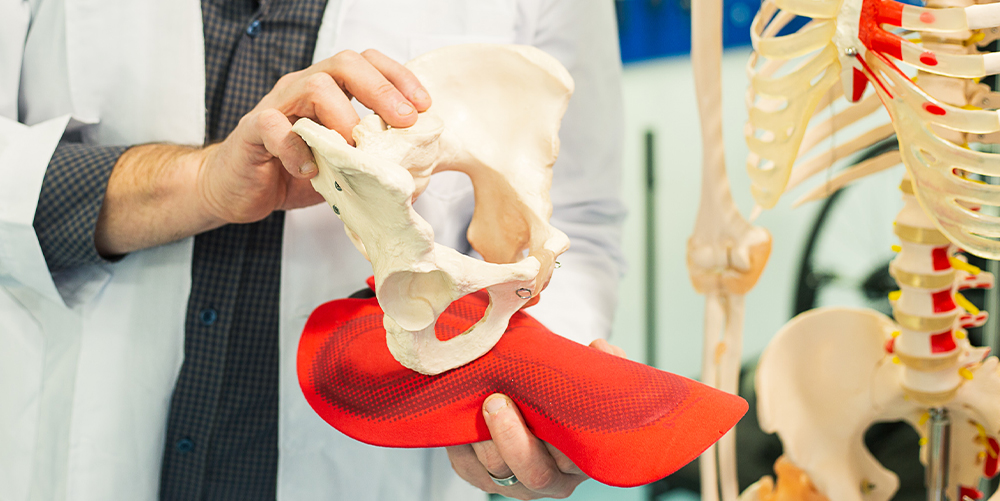
However, this was combined, in a liquid form, with Endura's existing continuous variable profile (CVP) pads. Pre-formed reservoirs in the pads meant that the elastomer could fill the desired areas: the rear of the chamois, and the front section; the elastomer avoids "bottoming out" whilst the traditional foam does the job of wicking and quick drying.
Burt provided me with three pressure mapping examples, showing results from some of the testers:

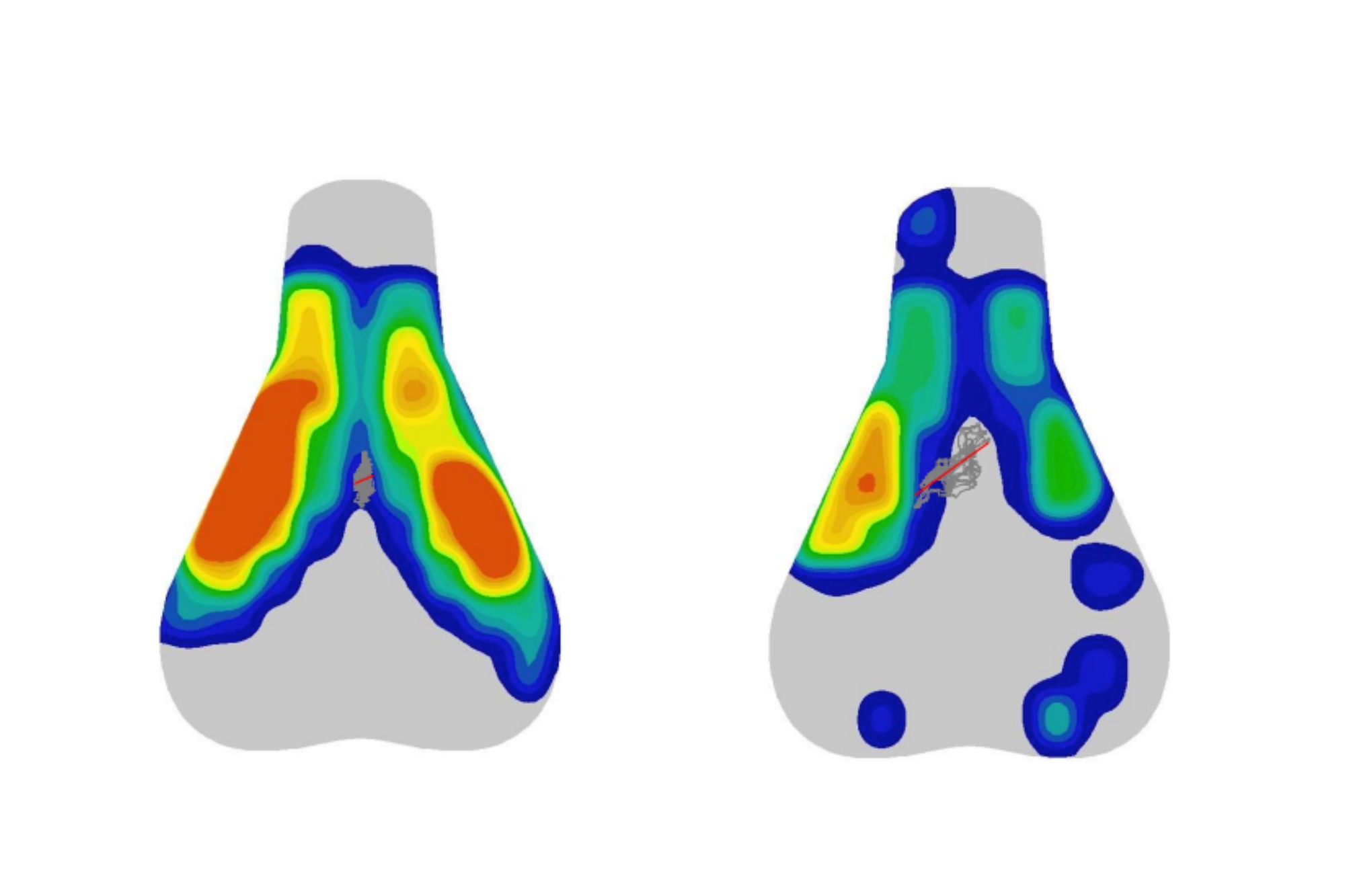

Of course, the chamois is only part of the equation – there's also the saddle itself, and the position it is set up in. What's more important? "The thing about the chamois and saddle equation is that the chamois moves with the rider. So with a saddle, it has to be positioned just right for the rider to make the most of the shape and technologies, whilst a good pad will help the rider even as they move around," Burt points out.
"To reduce friction, we have developed a pad cream, plus a wash to remove it after your ride and a post-shower moisturiser to maintain skin health,” he says. Endura confirms that this will be launched later in the year.
Women’s Pro SL EGM Bibshorts
When it comes to friction, Burt says there is more to come. The Endura Women’s Pro SL EGM Bibshorts are the first in a line of Ergonomistry-labelled (EGM) saddle comfort goodies and are built around the new Women's 800 Series Conform EGM pad.

Of course, a pair of shorts can have the best chamois in the world but it'll see little use if the shorts that house it aren't up to the job.
Endura opted for a high, mesh front to the shorts, with a crossover back and a 'dropseat' function. In the past, the brand has offered a zip solution, but whilst it says it never heard of a single failure, the prospect of this breaking put too many women off. I include myself in that camp: the idea of riding home like an escapee hospital patient never appealed, even if the chances were zero to one.
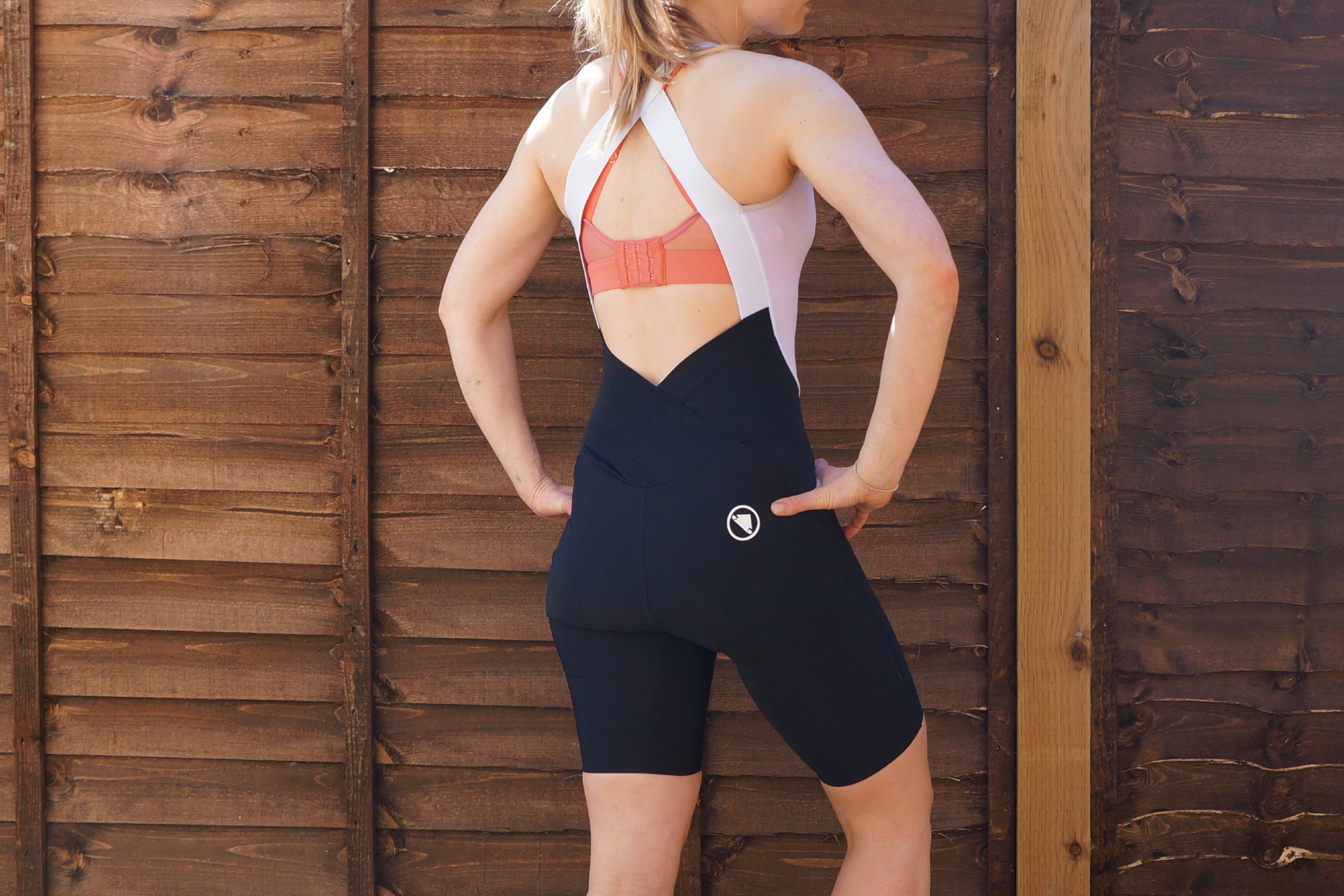
The legs are finished off with raw cut edges, and silicone on the inside to keep them in place.
The Women's Pro SL EGM shorts also feature lumbar support at the lower back, and come with a water repellent finish. They'll retail at £129.99, in sizes XS to XL.
The ride...
As made clear from Endura's research, riders' experiences of saddle discomfort vary. To state my position: I cannot abide a saddle without a cut-out. As long as the saddle has a cut-out, I usually get away with minor irritation. If the rear of the saddle is wide enough (my sit bones measure 169mm), and the cut-out also pretty generous, I generally find I am lucky enough not to experience major pain. I've never had a saddle sore stop me riding, for example.
Endura's new chamois is without a doubt different when compared with other pads on the market. It is much firmer, it makes the saddle appear to disappear – so if that is your wish then it may be granted here.
The chamois itself is harder than standard foam. I did, at times, find that this presented its own irritation - though this did seem to vary depending on bike/saddle/position (remember I'm on a new bike pretty much every month). Whilst the saddle seemed to do a total disappearing act, I was sometimes quite aware of the chamois beneath me, I found this a little similar to the MIMIC tech introduced by Specialized recently - whilst MIMIC ultimately wasn't quite for me, it's been an absolute gamechanger for many women.
Based on my rides so far, I would tentatively suggest that women who don't experience major saddle discomfort might find this pad a little bit too firm in some set ups. However, for women who experience ride-ruining pain, it really could be revolutionary.
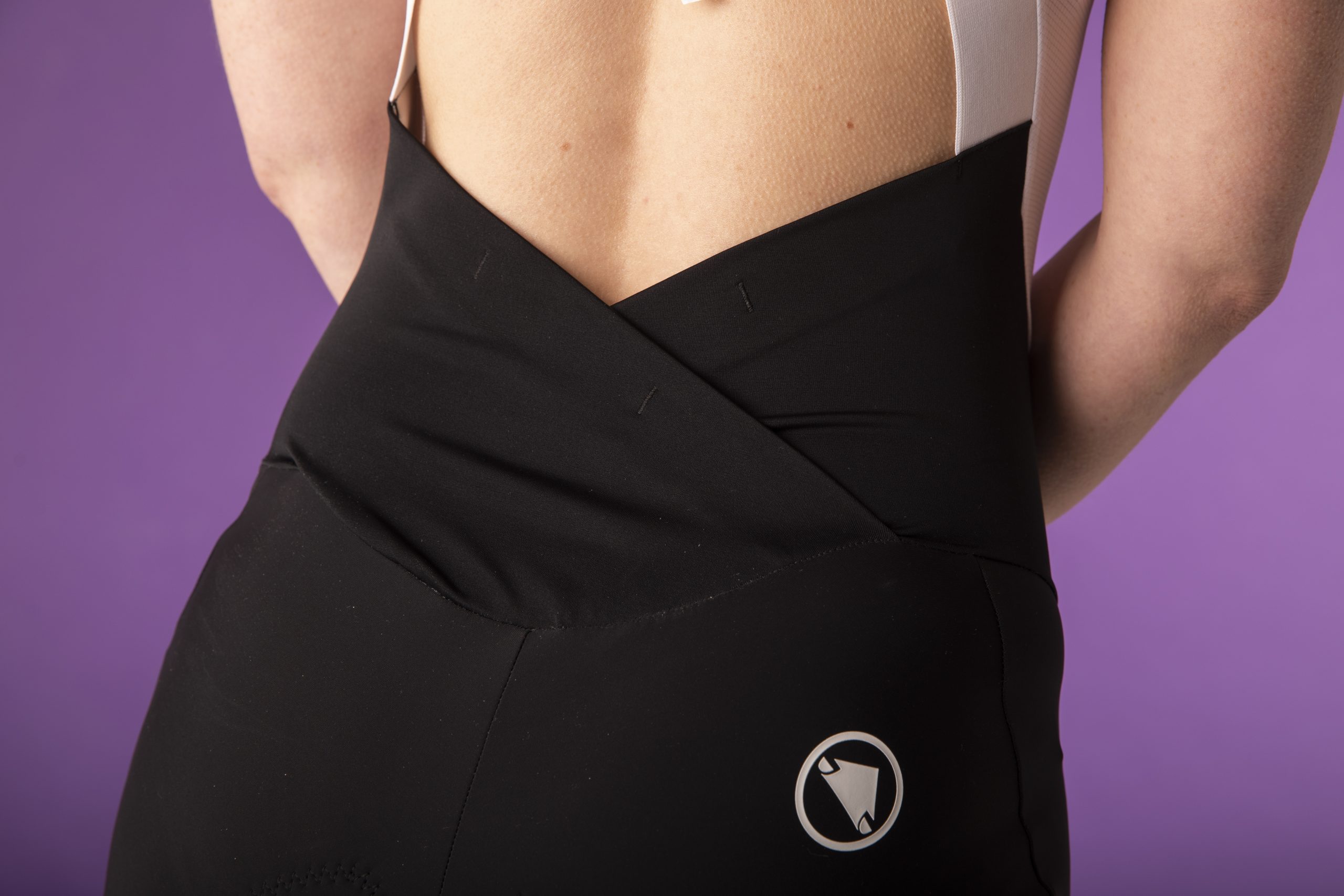
Endura has opted for a high front, serving the function of providing an in-built baselayer. The open back looks exceptionally cool, too. My only minor gripe is that it does confuse the "should I wear a baselayer" question for racers – who sometimes like to add a baselayer as an extra friction layer between skin and jersey. That will only affect a minority of riders, though, and slipping an extra baselayer on wouldn't be an issue.
The drop tail function works really well, and I much prefer this design to a zip.
That's all in the peripheral, though. The focus of this innovation is on the chamois – and there, Endura may well have made quite a breakthrough.
Michelle Arthurs-Brennan the Editor of Cycling Weekly website. An NCTJ qualified traditional journalist by trade, Michelle began her career working for local newspapers. She's worked within the cycling industry since 2012, and joined the Cycling Weekly team in 2017, having previously been Editor at Total Women's Cycling. Prior to welcoming her first daughter in 2022, Michelle raced on the road, track, and in time trials, and still rides as much as she can - albeit a fair proportion indoors, for now.
Michelle is on maternity leave from April 2025 until spring 2026.
